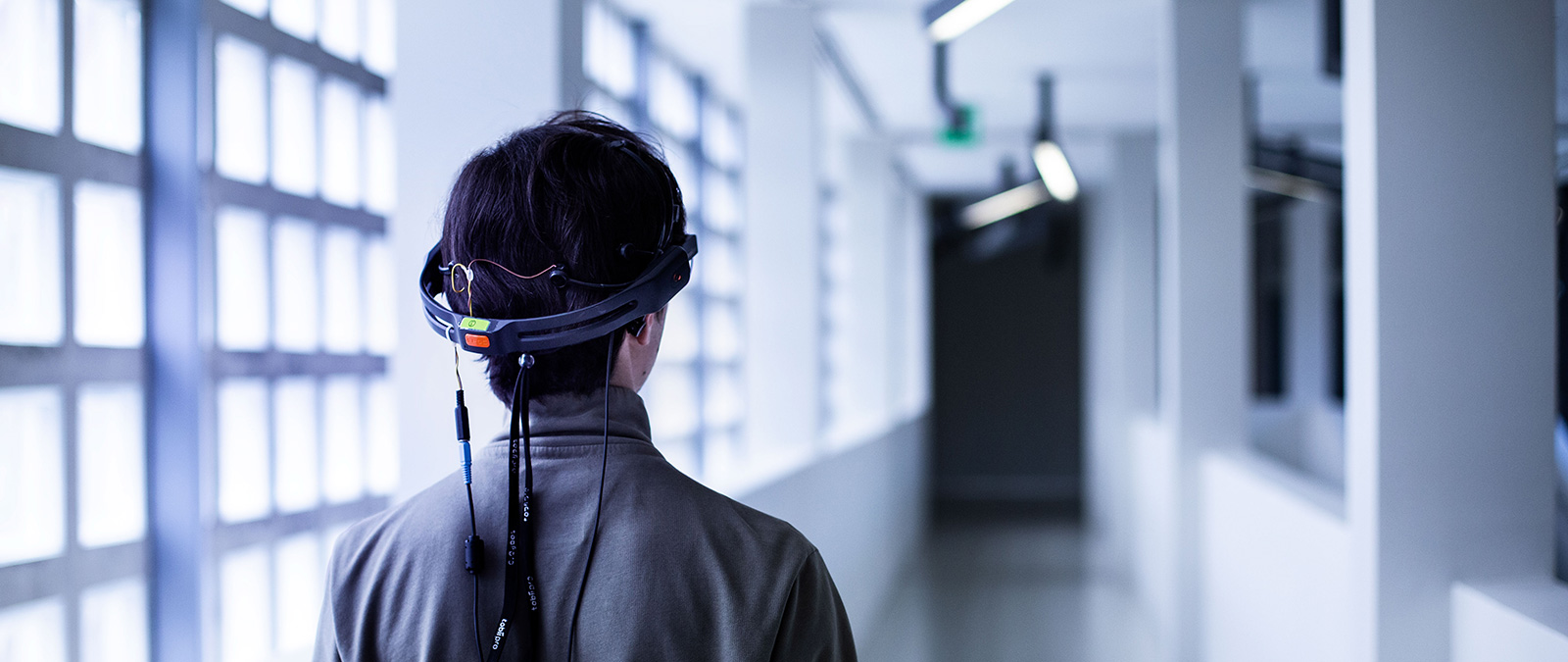
Hybridization of spaces in Milan - culture and consumption
Year 2018
The research aims to investigate the theme of the hybridization of spaces in Milan; the city offers, in fact, a wide range of public and private spaces that show signs of contamination, not only spatial, but also cultural.
Public spaces such as airports, railway and underground stations on the one hand, and libraries, theatres, museums and exhibition spaces of various kinds on the other, have increasingly become places that offer endless possibilities for culture, consumption, entertainment and shopping. But hybridization also involves shopping malls, boutiques and other outlets which enhance their basic function by hosting cultural events and often offer themselves as new venues, providing an alternative to or replacing the more traditional public spaces.
This transformation, which has been under way for some years now, has had a strong impact on the urban fabric of cities, on the consumption habits of residents, city users and tourists, and has also generated a parallel effect; just think of the phenomenon of merchandising in museum gift shops or of the profit opportunities guaranteed by the longer opening hours of shops in railway stations or airports.
The new hybrid spaces, regardless of their actual ability to accommodate the two main dimensions - culture and consumption - can also be attributed other key functions. The ability to re-think areas and facilities traditionally considered as dangerous (railway stations or ports, for example), to facilitate socialization and meeting of various types of people (inhabitants, immigrants, city users, tourists) is accompanied by the ability to increase the use of cultural/educational consumption (think of the experiential dimension of museums that, in a perspective of edutainment, allow visitors to enjoy more direct experiences, ensuring a higher level of involvement).
The research consists of two parts, one on supply and one on demand, and is divided into several phases using both qualitative research methods on supply (desk analysis, semi-structured interviews, ethnographic exploration), and quantitative research methods, on demand (questionnaires).